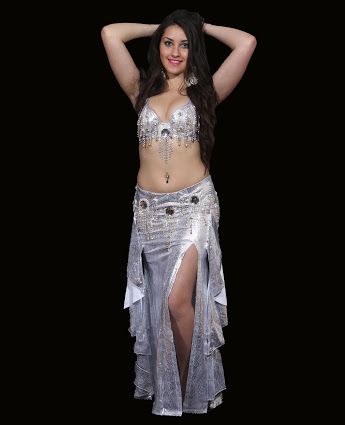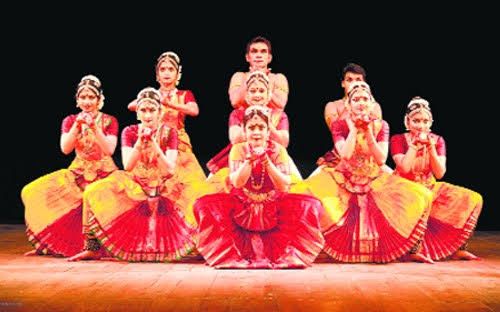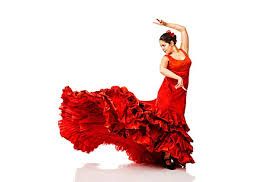Dance Styles Every Woman Must Try
Apr 19, 2019 • 30 views
Dance Styles every woman must try
How are planning to spend this weekend? We suggest, hop on to one of these dance workshops to jive all the way long!
1. Belly Dance

• Belly dance originated in Egypt , and is also called as Arabic Dance.
• It is not only expressive but also works mainly on the torso, with complex movements , showing the complete flexibility of the body.
• This is mainly a female dance that has articulations on the hips and isolates itself from jazz ballet .
• there are 3 basic movements in belly dances percussive movements, fluid movements, shimmies, shivers and vibrations.
• Staccato movements , most commonly of the hips, use to punctuate the music or accent a beat.
• Typical moveements in this group include hip drop ,vertical hip rock , outwards hip hits , hip lifts and hip twists.
• Flowing, sinuous movemenst in which the body is in continuous motion , used to interpret melodic lines and lyrical sections in the music, or modulated to express complex instrumental improvisations.
• The costume most commonly associated with belly dance is bedlah , and is a dance thatis suitable for all ages.
2. Semi Classical Indian

• for most of us it is difficult to learn classical Indian dances which take up to 8-9 years of professional training.
• But for enthusiasts it is even better to start with semi classical that is , a fusion of 7 Indian classical dances.
• Kathak is a dance that was originated in north India that uses upper body movements and is a form of a royal dance.
• Bharatnatyam is a dance originated in Thanjavur in south India.it uses more of Hip movement.
• Mohiniyattam is characterised by subtle expressions and back movements .
• Semi classical and fusion dance is a trend that has been going on India where it is preferred over dances due to its easy and beautiful gesture.
3. Flamenco

• Flamenco is a Spanish art form made up of three parts: guitar playing, songand dance .
• Flamenco originated in the southern regions of Spain, but it's thought to be influenced by many world cultures, including Latin American, Cuban, and Jewish traditions.
• Traditional flamenco dancers rarely received any formal clapping Instead, flamenco was passed down from friends, relatives, and neighbours.
• While some flamenco musicians and dancers still learn the flamenco on their own, most modern flamenco artists professionally trained.
• Flamenco dancing can have many different purposes. Whether the dance is intended to be entertaining , romantic , or comforting, flamenco is a very emotionalstyle of dance.
• Flamenco dancers try to express their deepest emotions by using body movements and facial expressions. As the dancers perform, they may also clap their hands or kick their feet. Many dancers also snap small percussion handheld instruments called "castanets."
• Massmedia have brought Flamenco to the world stage, but deeply it has always been and will remain an intimate kind of music.
• That's why one of the most authentic Flamenco you may experience is in a juerga (flamenco party) with a small group of friends, at midnight somewhere in the South of Spain, when there is nothing around but the voice, the guitar and the body of a dancer moving in the moonlight.
